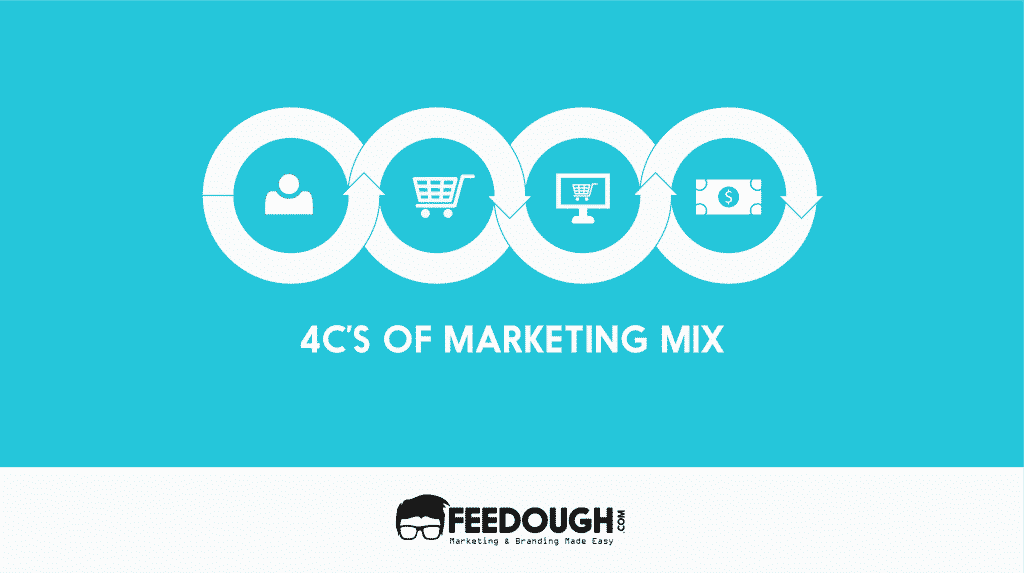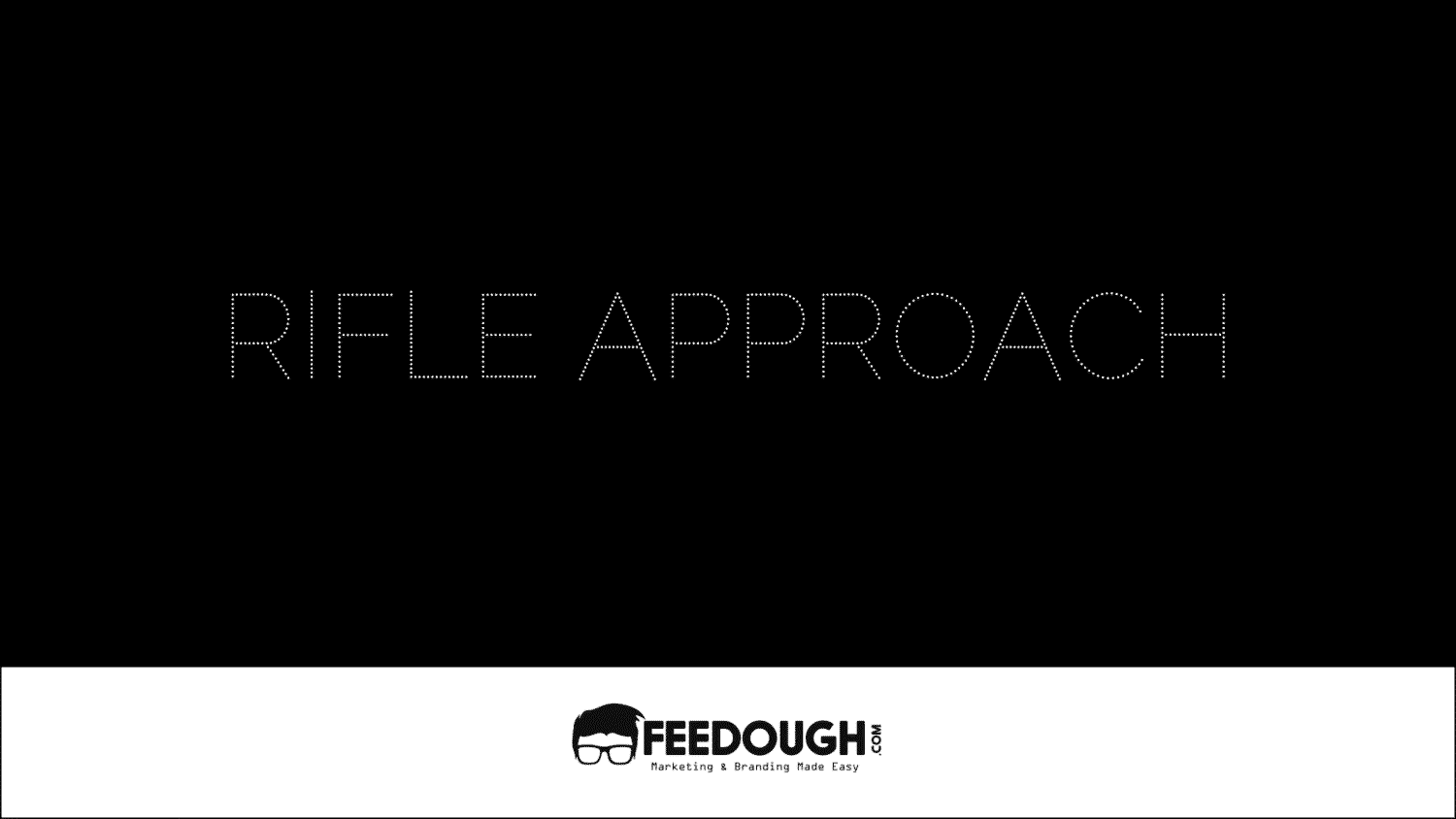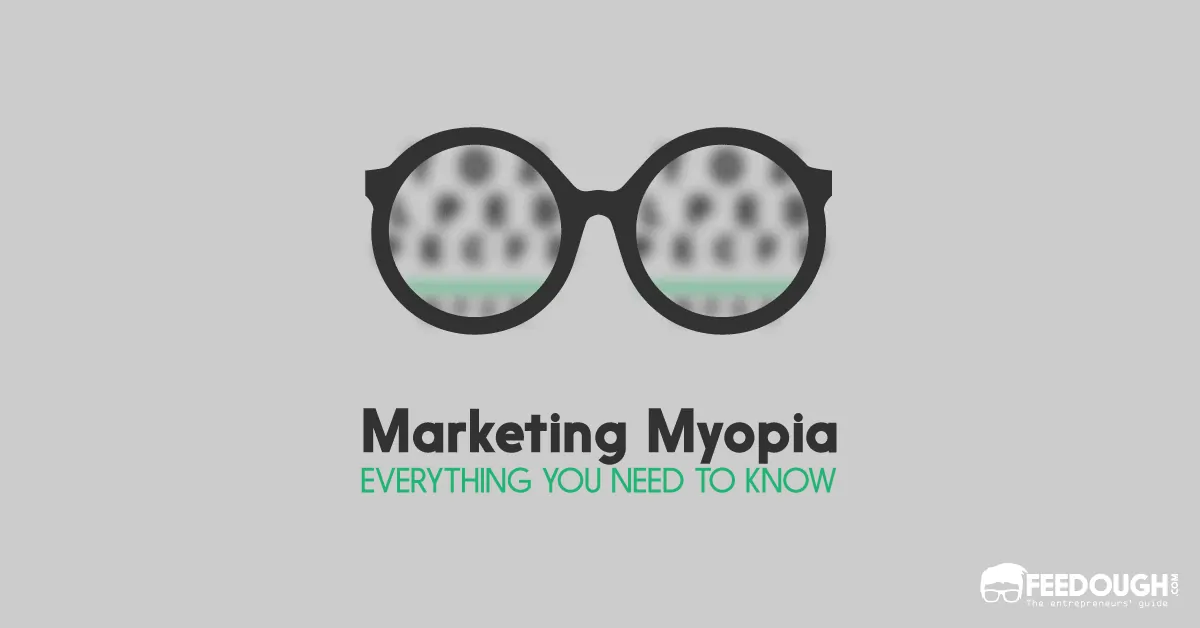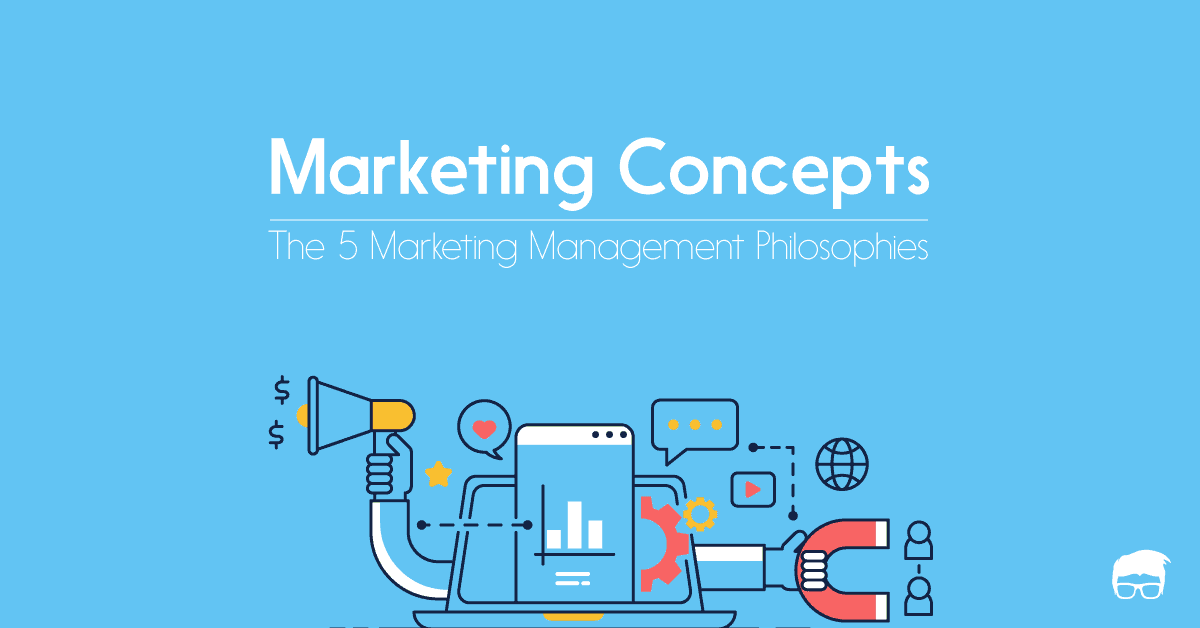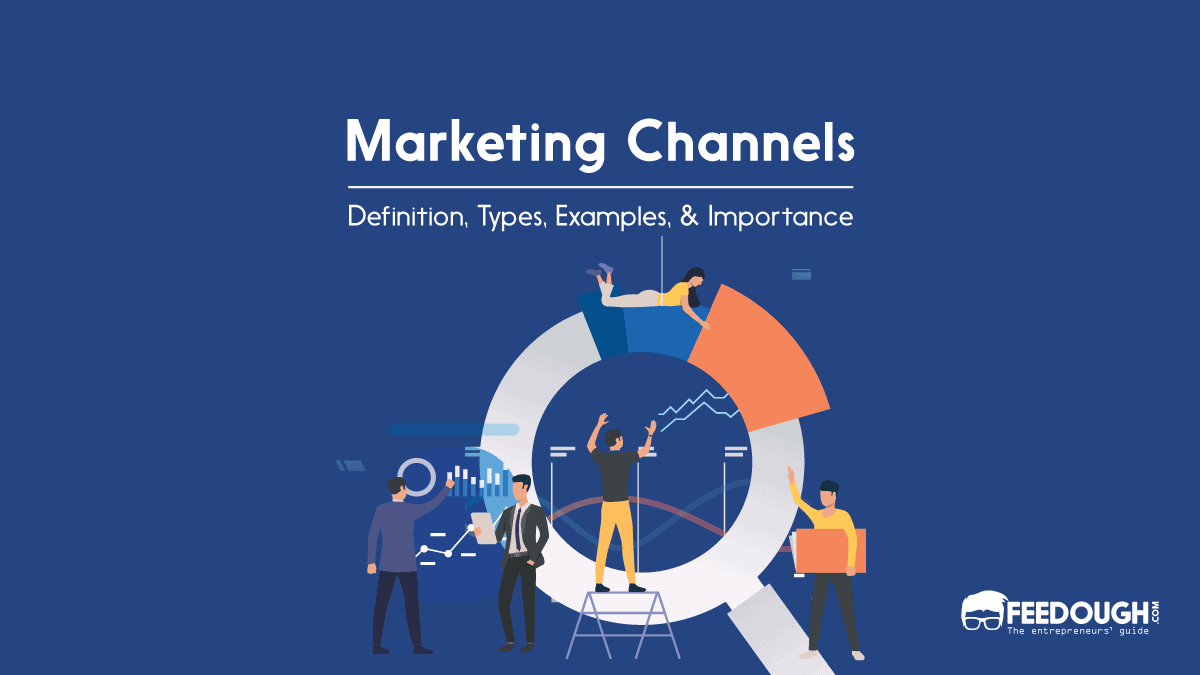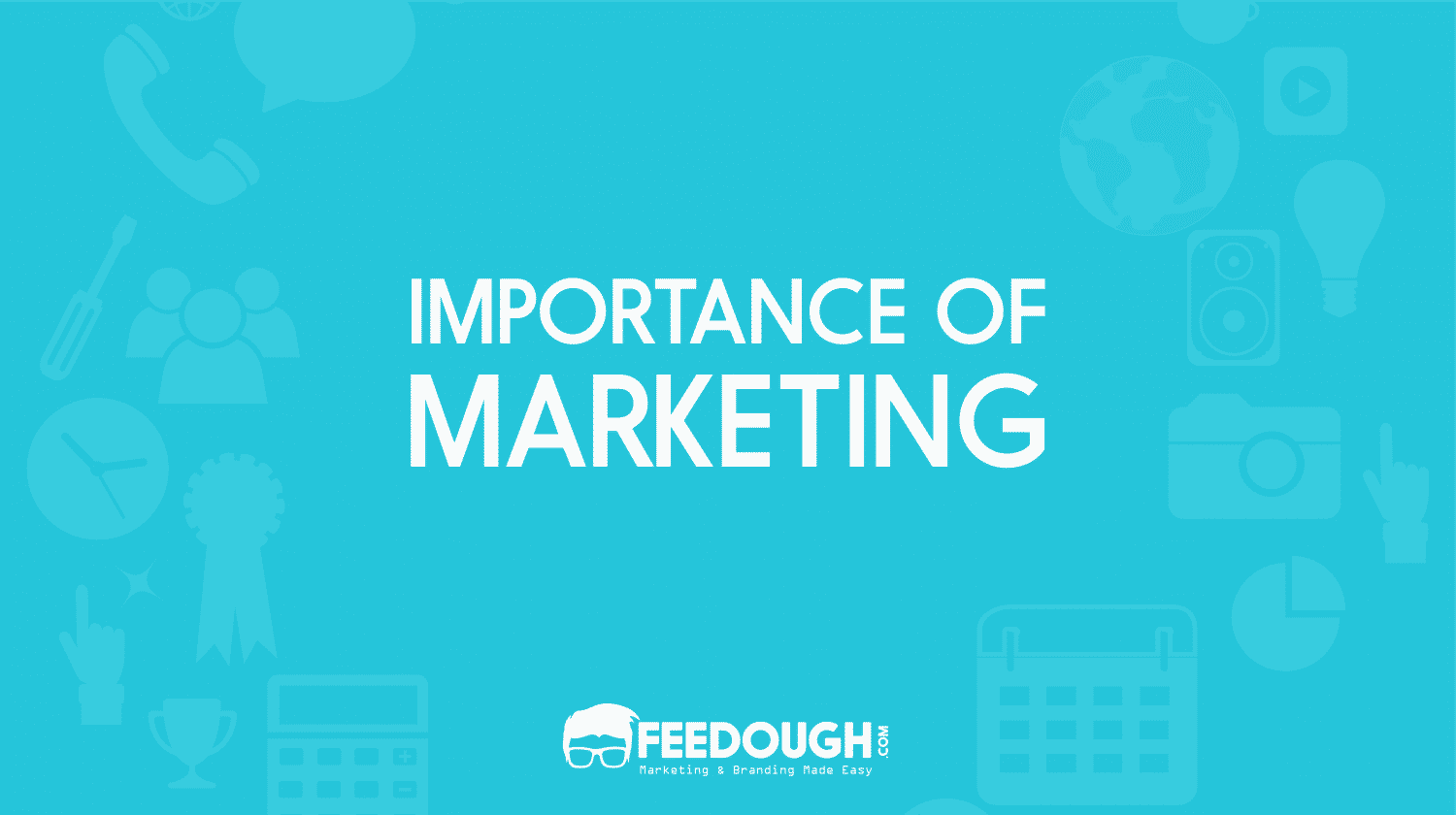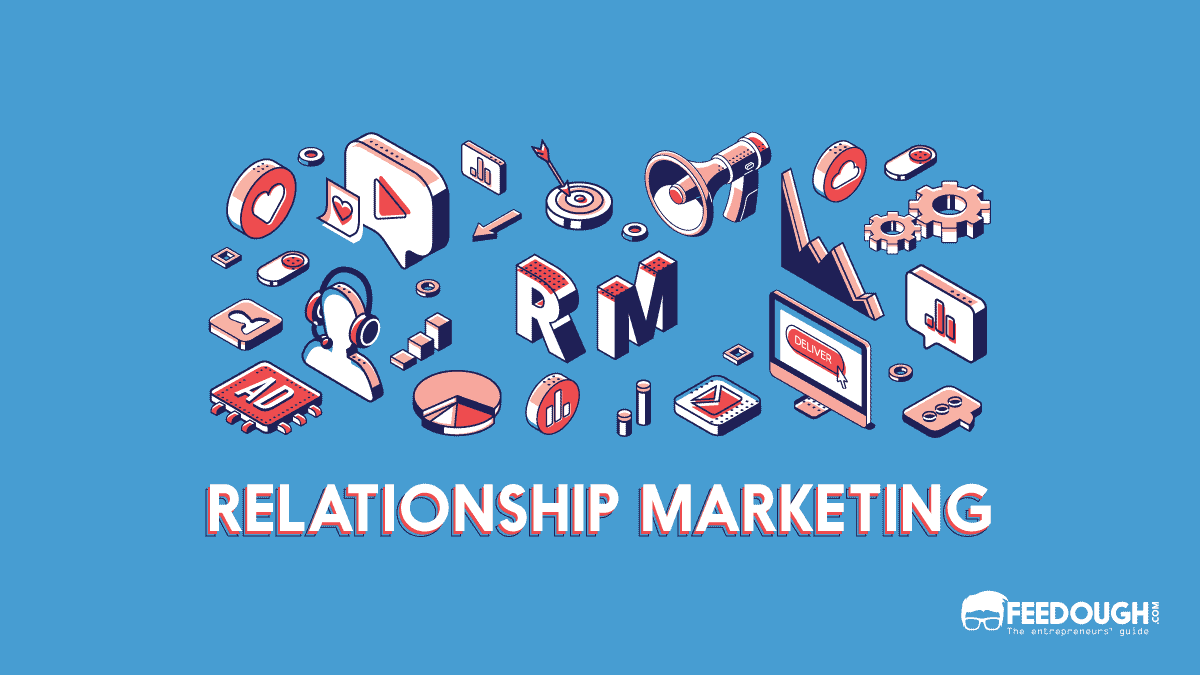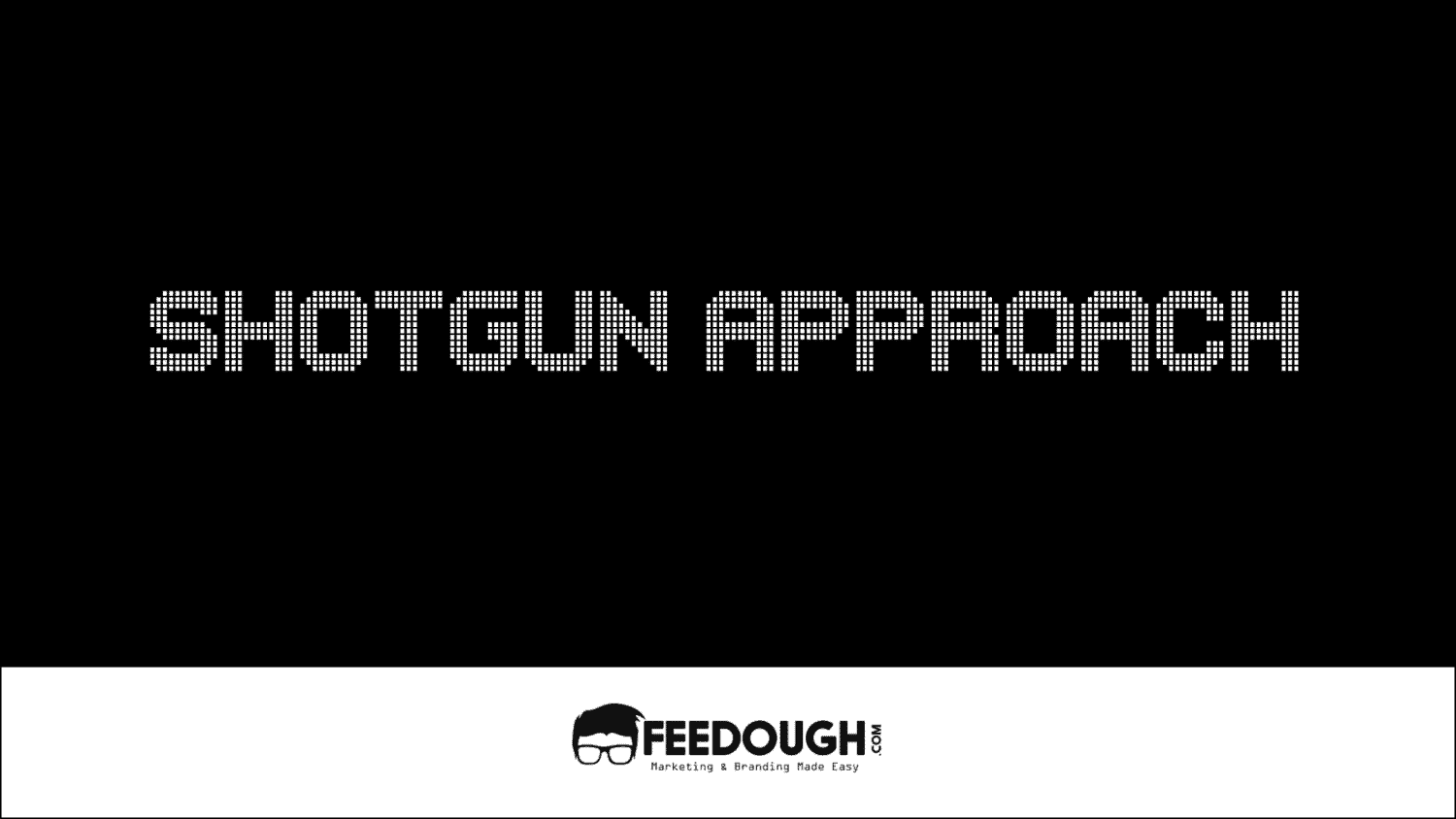Ever since the beginning, businesses focused on themselves more than the customers. But the rules of this game have been changed long ago. The customer runs the market and shapes the business’s marketing mix. The 4P’s of the marketing mix or the seller-oriented marketing theory was claimed to be dead in 1990 by Mr Bob Lauterborn, who asserted the use of 4C’s of Marketing over the retired 4P’s.
This new approach of 4C’s of marketing shifts the focus from producer to consumer and provides a better blueprint to follow for the businesses that cater to a niche audience. In contradiction to Jerry McCarthy and Phil Kotler’s 4P approach, this model revolves around how to serve customers better.
The shift from 4P’s to 4C’s isn’t just an exercise in semantics. It reflects a change in mindset over time.
Quoting Lauterborn –
Forget product. Study Consumer wants and needs.
Forget price. Understand the consumer’s cost to satisfy that want or need.
Forget place. Think convenience to buy.
Forget promotion. The word is communication.
The model encourages marketers to view their processes and form strategies from the customer’s point of view.
The 4C’s of Marketing Mix
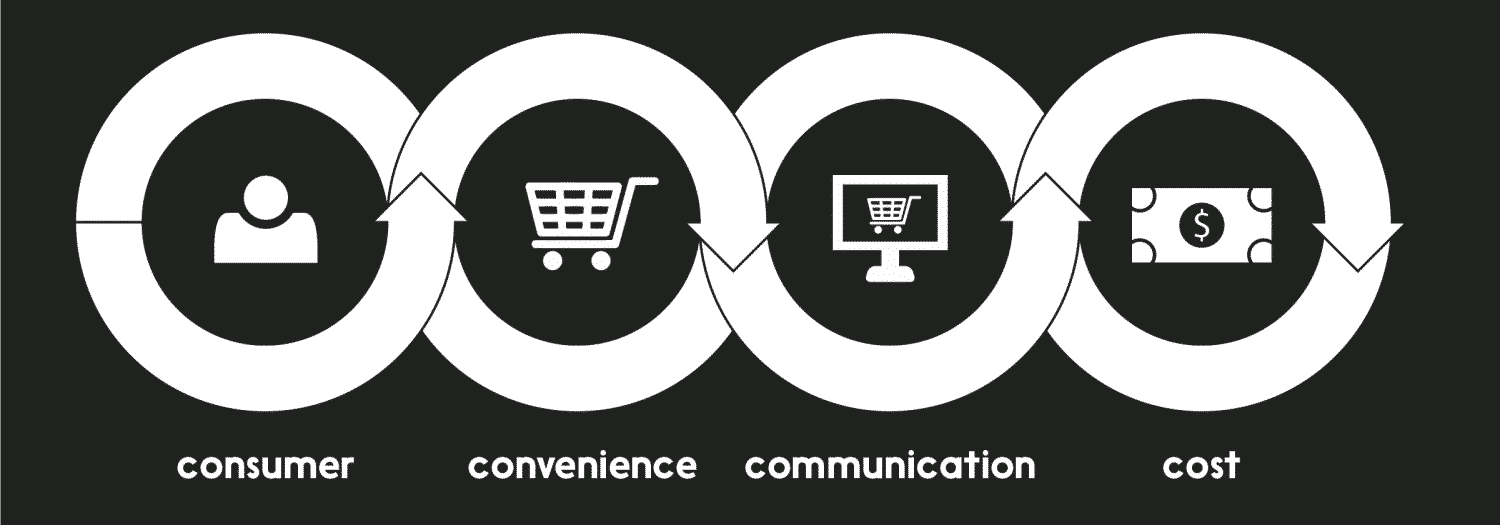
To stay in the market for long and to find a position in customers’ minds, you have to think like customers and form strategies which benefit both parties. The 4C’s marketing concept focuses on niche marketing, unlike mass marketing which was propagated by the 4P’s. The more you know the consumer, the better are your targeting strategies and conversion rate. The 4C’s of Marketing Mix are:
Consumer Wants And Needs
Forget product. Study Consumer wants and needs.
In this highly competitive environment, your product will not create its own demand if it isn’t desired by the consumer. You need to study the consumer wants and needs before developing the product, as it’s the needs and wants that trigger demand.
This not only will help you in developing the desired product but also will help you
- in developing a positioning strategy for your product, and
- in marketing your product as per your customer’s needs.
Cost
Forget price. Understand the consumer’s cost to satisfy that want or need.
Price is only a subset of the total cost incurred to satisfy the want or need. The consumer incurs much more expenditure in acquiring your good or service. The cost subset of marketing 4C’s includes monetary and non-monetary costs. Some of them are:
- Price – The is the amount the customer pays to the seller to acquire the product.
- Additional cost of acquiring – The cost incurred to drive to an outlet to purchase your product, or the cost incurred while researching about your product, etc.
- Cost of conscience – Suppose you’re dealing in a non-vegetarian food product. Your consumer might incur a cost of conscience when he buys and eat your non-vegetarian product.
- Opportunity cost – This refers to a benefit your consumer could have received, but gave up, to buy your product or service.
The cost subset of Marketing 4C’s reflects the total cost of ownership, unlike the price subset of Marketing 4P’s, which only considers the cost aspect.
Convenience
Forget place. Think convenience to buy.
Convenience is the key to more sales. Most of your customers choose a product based on the convenience of purchase. The focus should be on –
- to research and find out all the channels of distribution your customers consider while making a purchase.
- to walk on your customer’s path and sell your product on the channels he is searching on
- to remove all the barriers your customers face while buying your product.
The convenience aspect of marketing 4C’s is often neglected by businesses prioritising greater profit margins over customer convenience. However, convenience results in more benefits to the brand in the long run.
Communication
Forget promotion. The word is communication.
While promotion is manipulative and is forced to the buyer, communication is cooperative and is approved by both the seller and the buyer.
The consumer always wants to hear ‘what’s in it for me?’, while the seller always wants to say ‘this is the best product in the market’. Effective communication considers both sides and results in a win-win situation. The communication aspect of marketing 4C’s asserts a give and take relationship between the seller and the buyer, unlike the promotion aspect of marketing 4P’s, which doesn’t consider the consumer’s point of view at all.
Go On, Tell Us What You Think!
Did we miss something? Come on! Tell us what you think of our article on 4C’s of Marketing Mix in the comments section.
A startup consultant, digital marketer, traveller, and philomath. Aashish has worked with over 20 startups and successfully helped them ideate, raise money, and succeed. When not working, he can be found hiking, camping, and stargazing.
